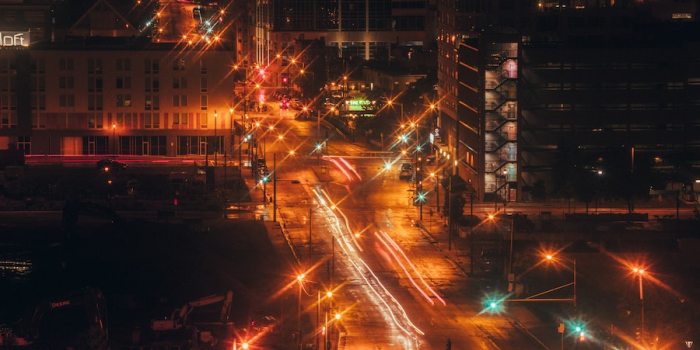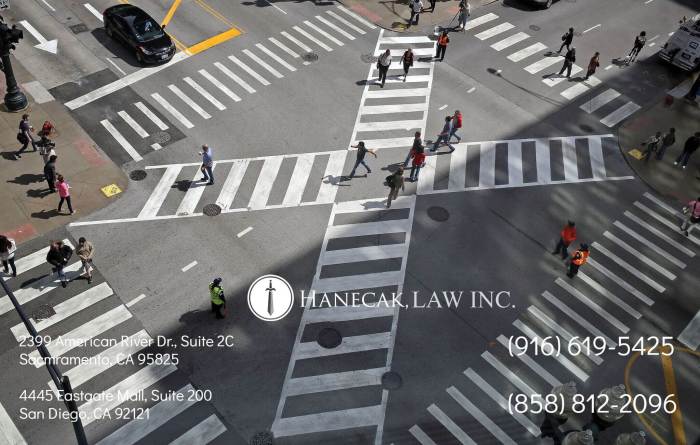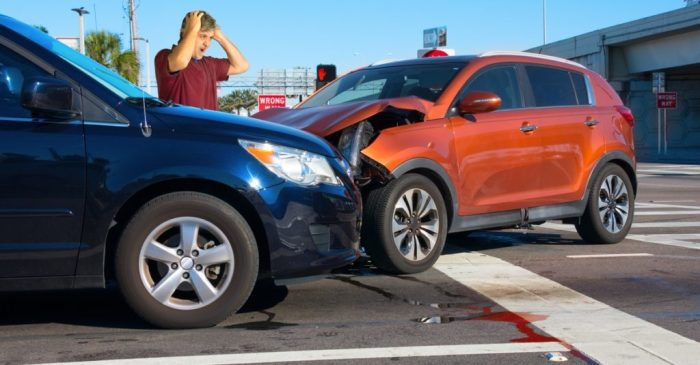What factors make intersections particularly dangerous? This question delves into the intricate interplay of factors that contribute to the heightened risk associated with these crucial points in our transportation network. From high traffic volumes and poor visibility to complex geometries and driver behavior, this exploration unravels the multifaceted nature of intersection safety, offering insights into the challenges and potential solutions.
Intersections serve as critical junctions where multiple traffic streams converge, creating a dynamic environment fraught with potential hazards. Understanding the factors that make intersections particularly dangerous is paramount to devising effective strategies for enhancing safety and reducing the incidence of crashes.
What Factors Make Intersections Particularly Dangerous?

Intersections are a critical component of any transportation network, but they can also be dangerous. In the United States, intersections account for nearly half of all traffic fatalities. There are a number of factors that make intersections particularly dangerous, including:
High Traffic Volume
A large number of vehicles entering and exiting an intersection increases the likelihood of collisions. This is especially true during peak hours when traffic is congested. When vehicles are closely spaced and moving at high speeds, there is less time for drivers to react to unexpected events.
Poor Visibility
Obstructed views from buildings, vegetation, or parked vehicles can impair driver visibility. This can make it difficult for drivers to see oncoming traffic or pedestrians, increasing the risk of collisions. Clear sightlines and proper signage are essential for enhancing intersection safety.
Complex Geometries
Some intersections have complex designs, such as roundabouts, T-intersections, and multi-lane intersections. These designs can create confusion and increase the risk of accidents. Drivers may not be familiar with the rules of the road at these intersections, or they may make mistakes due to the complexity of the design.
Driver Behavior
Aggressive driving, speeding, and impaired driving are major contributing factors to intersection crashes. Drivers who are distracted or fatigued are also more likely to cause accidents. These behaviors can impair a driver’s ability to make good decisions and react to changing conditions.
Pedestrians and Cyclists
Pedestrians and cyclists are particularly vulnerable at intersections. They may be difficult for drivers to see, and they may not be aware of the traffic laws that apply to them. Crosswalks, pedestrian signals, and bike lanes can help to improve the safety of pedestrians and cyclists at intersections.
Environmental Factors
Weather conditions, such as rain, snow, or fog, can affect visibility and road conditions. This can make it more difficult for drivers to see and react to hazards. Lighting conditions, both natural and artificial, can also impact intersection safety.
Infrastructure Deficiencies
Inadequate lighting, poor road markings, and damaged traffic signals can all contribute to intersection crashes. These deficiencies can make it difficult for drivers to see and understand the traffic laws. Regular maintenance and upgrades are essential for ensuring intersection safety.
Lack of Enforcement, What factors make intersections particularly dangerous
Inadequate enforcement of traffic laws can lead to increased violations and dangerous driving behavior. Traffic cameras, police presence, and community involvement can all help to improve intersection safety.
Quick FAQs: What Factors Make Intersections Particularly Dangerous
What are the most common causes of intersection accidents?
The most common causes of intersection accidents include running red lights, speeding, and failing to yield the right of way.
How can I improve my safety when driving through intersections?
To improve your safety when driving through intersections, always obey traffic signals, slow down, and be aware of other vehicles and pedestrians.
What are some ways to make intersections safer for pedestrians?
Some ways to make intersections safer for pedestrians include installing crosswalks, pedestrian signals, and curb extensions.


